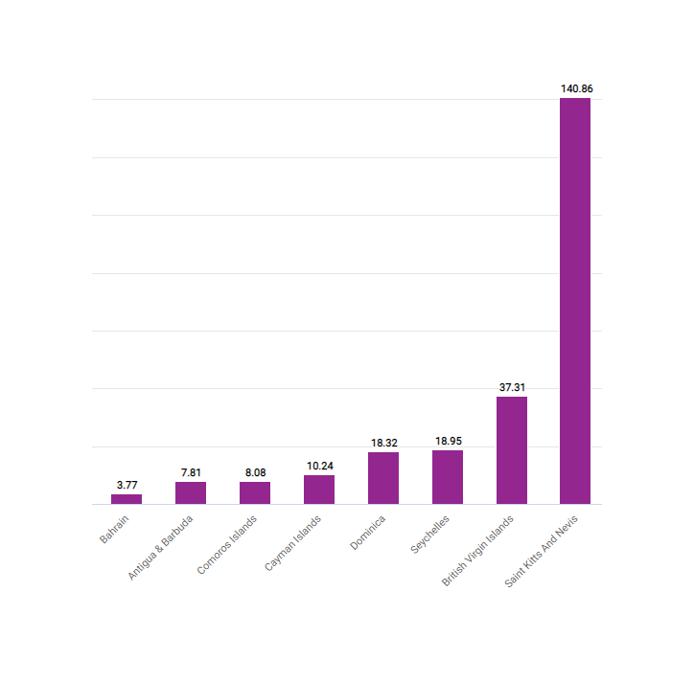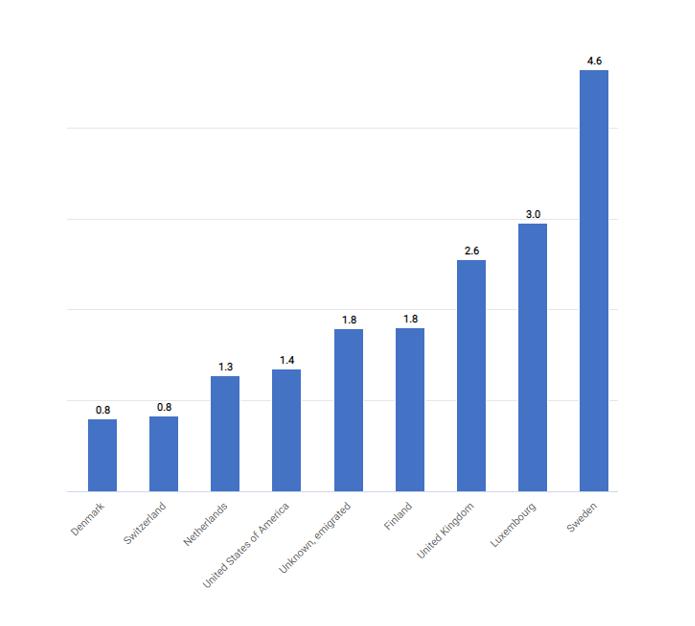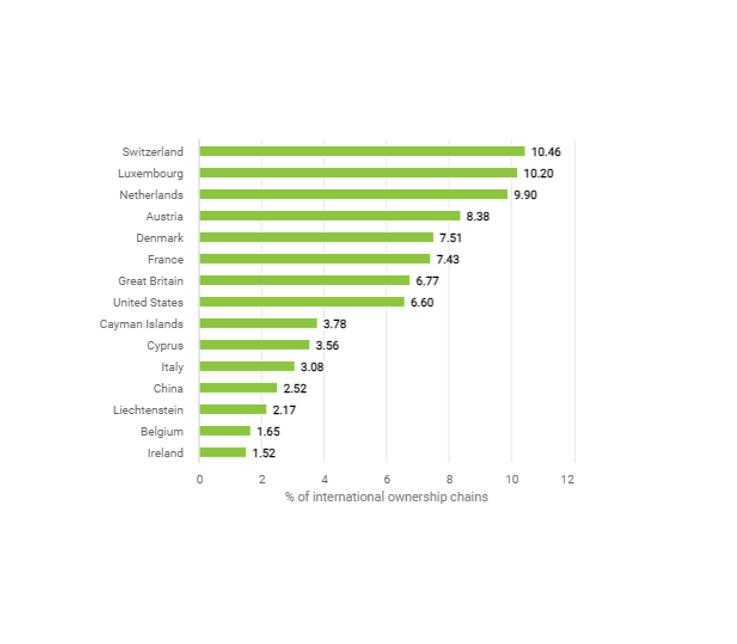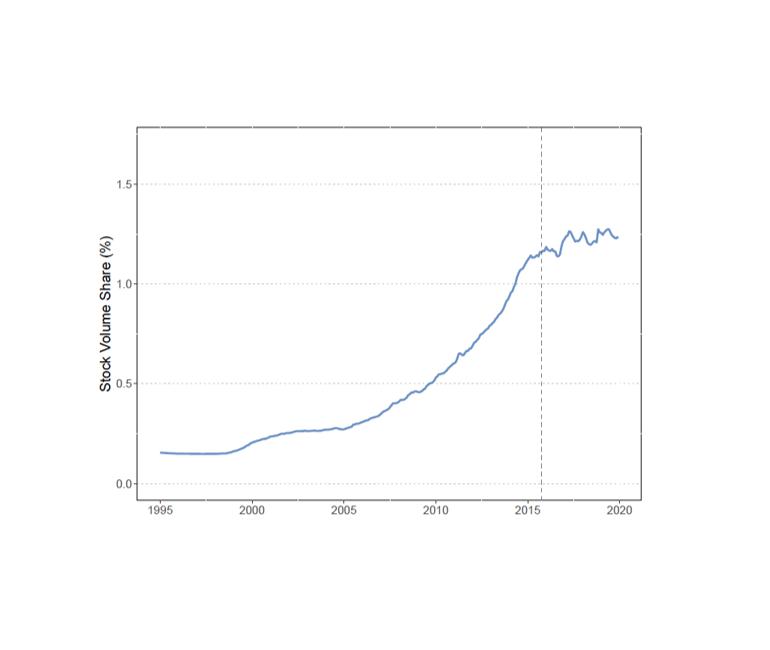Who owns offshore real estate? Evidence from Dubai cross-border real estate investments
Real Responses to Anti-Tax Avoidance: Evidence from the UK Worldwide Debt Cap
Summary
In 2010, the UK introduced the “worldwide debt cap” (WDC) to reduce the scope for profit shifting by multinational enterprises (MNEs). The debt cap should prevent MNEs from accumulating a disproportionate amount of debt at the level of their local subsidiaries as inflated interest payments might artificially reduce taxable profits of subsidiaries in the UK. In practice, the new rule set up a maximum ratio of debt to be held in the UK relatively to the amount of debt of the whole group, called the “gateway ratio”. Debt above this gateway ratio was disallowed for tax deduction. Because this ratio explicitly distinguishes subsidiaries subject to the regulation and unaffected affiliates, the authors propose to identify the impact of the new rule in a quasi-experimental setting.
First, Bilicka et al. show that the WDC effectively reduced the indebtedness of MNE affiliates in the UK. On average, firms affected by the regulation decreased their gateway ratios by 29%. Two mechanisms were at play: on the one hand, UK affiliates cut their net debt (numerator of the gateway ratio) and on the other hand, MNEs tended to increase their global amount of debt (denominator). Moreover, the authors provide evidence that MNEs reallocated internal debt in response to the WDC: following the introduction of the rule, the leverage ratio of affected MNEs’ non-UK subsidiaries increased by circa 14%. This increase mostly occurred in high-tax countries, where it is most advantageous for MNEs to have high debt levels.
Second, the authors focus on the impact of the WDC on the real operations of affected MNEs. At the group level, the regulation is not associated with any statistically significant effect. However, the WDC seems to have triggered a reallocation of real operations among affected MNEs. Both UK-headquartered and foreign MNEs expanded their activities outside the UK. A reduction of real activities in the UK was mainly observed for foreign MNEs which might be due to a stronger “home bias” of UK MNEs. Also, tax burdens evolved very differently for the UK affiliates of domestic and foreign MNEs. Local tax payments of domestic MNEs increased by 21%, whereas the UK tax payments of foreign groups were not significantly affected.
Key results
- After the introduction of the worldwide debt-cap, the gateway ratio of affected MNEs was reduced by 29% on average. This was due to both a reduction of the indebtedness of UK affiliates and an increase in the global amount of debt of affected MNEs.
- The response was stronger for foreign MNEs than for UK-headquartered ones.
The results suggest that MNEs reduced real activities in the UK and that this effect is mostly driven by foreign MNEs. - Reallocation of debt, assets and employment seems to be more prominent in other European high-tax countries.
- Following the WDC, the UK tax payments of domestic MNEs increased by 21.3%, which corresponds to 499 million pounds approximately. On the other hand, the UK tax payments of foreign MNEs were not significantly affected.
Policy implications
- Bilicka et al. assesses the effects of thin capitalisation rules based on a “worldwide approach”. They find that the anti-tax avoidance policy was effective in curbing excessive borrowing in the UK but had unintended consequences such as an increase in multinational groups’ external debt and some relocation of real activities.
- The authors stress that international cooperation in matters of anti-tax avoidance policies is crucial avoid such unintended consequences.
Data
For their study, Bilicka et al. combine three different data sources: Consolidated financial account data from the Osiris database of the Bureau Van Dijk, unconsolidated financial account data from FAME and Orbis databases. In the resulting sample, 197 MNEs are affected by the WDC regulation, 148 of which are headquartered in the UK. For these groups, 1176 unique subsidiaries are observed in the UK and 668 affiliates in other countries.
Methodology
The authors use the worldwide debt cap reform in 2010 as a quasi-natural experiment. Based on a difference-in-difference approach and propensity score matching, they compare the development of MNEs affected by the reform to a control group of MNE which did not fail the gateway test and should therefore not have been affected.
Go to the original article
The original paper was published by the CEPR and can be downloaded from the SSRN website.
This might also interest you
Hidden in plain sight: Offshore ownership of Norwegian real estate
The role of anonymous property owners in the German real estate market: First results of a systematic data analysis
Homes incorporated: Offshore ownership of real estate in the U.K.



